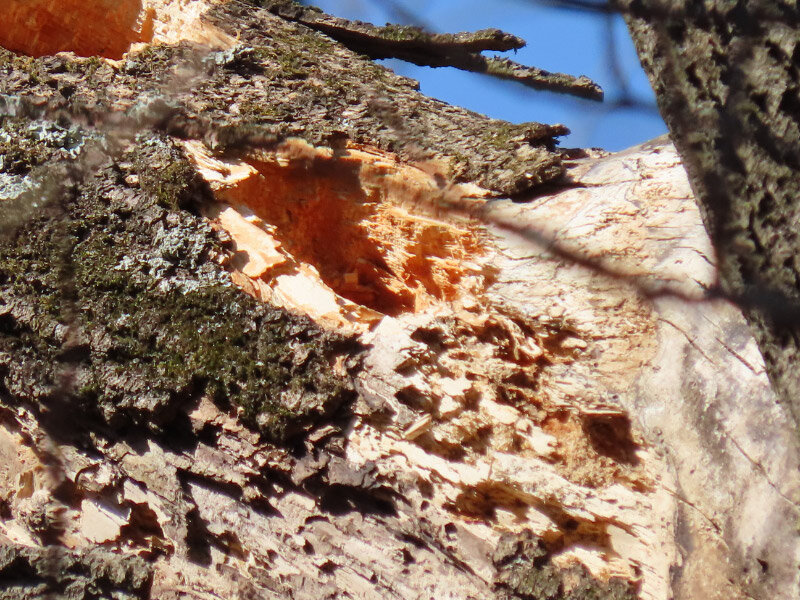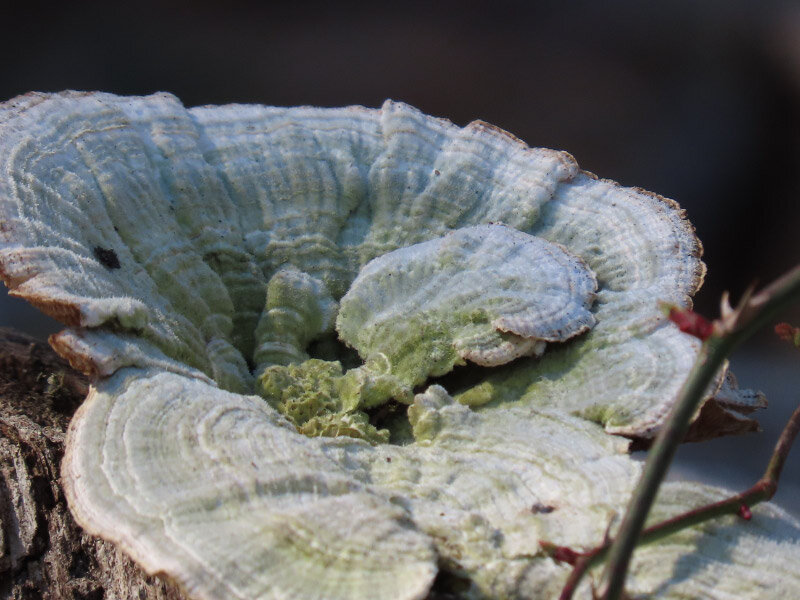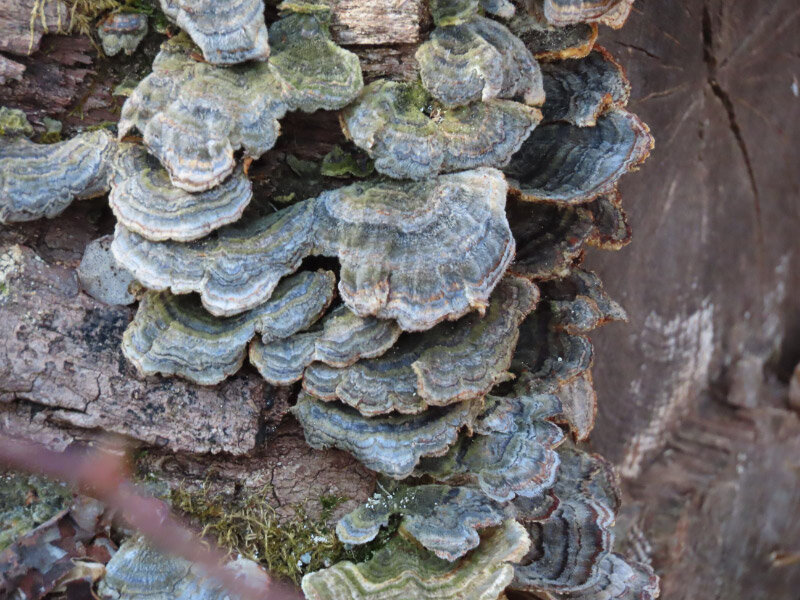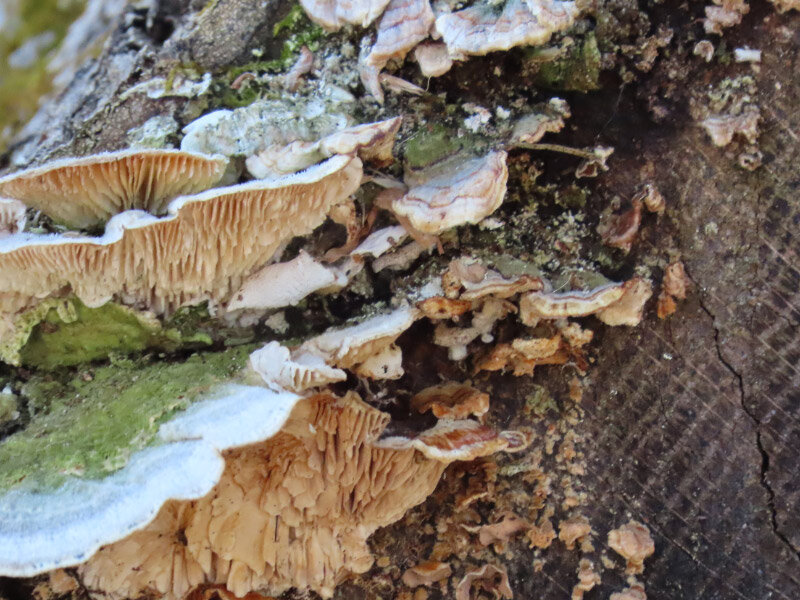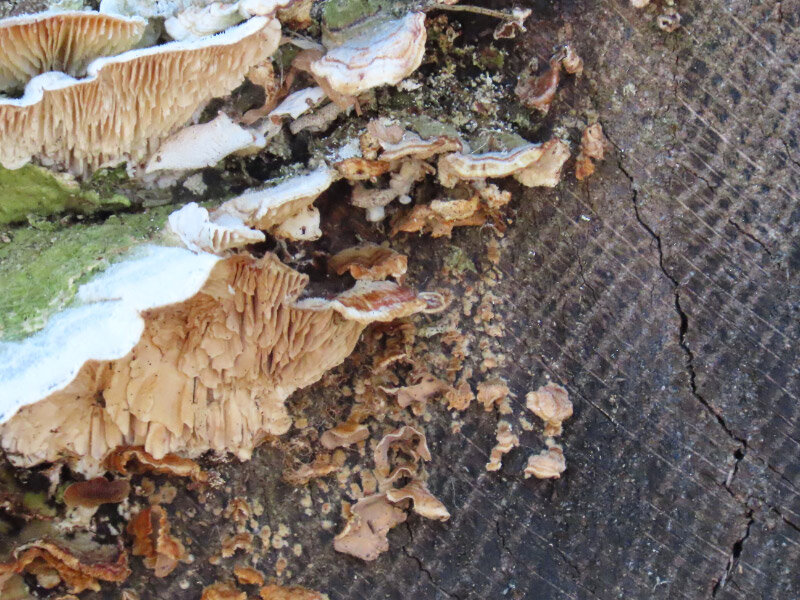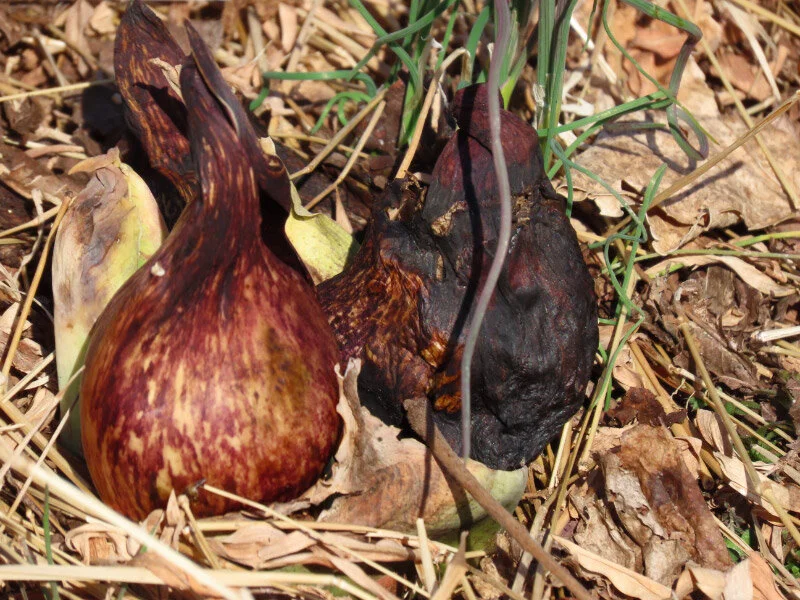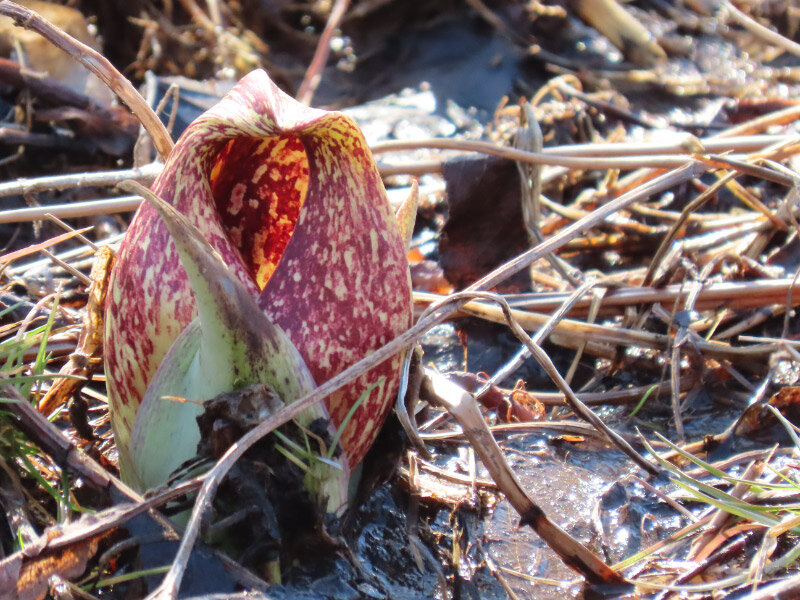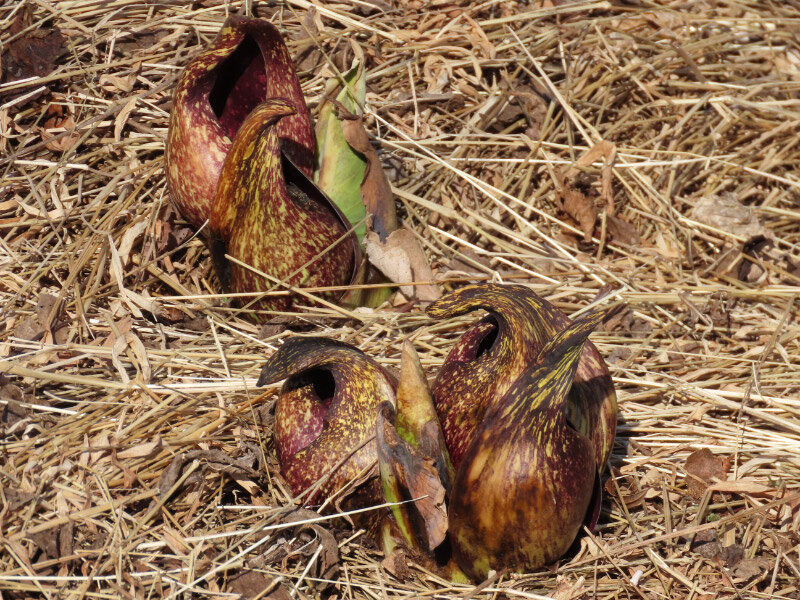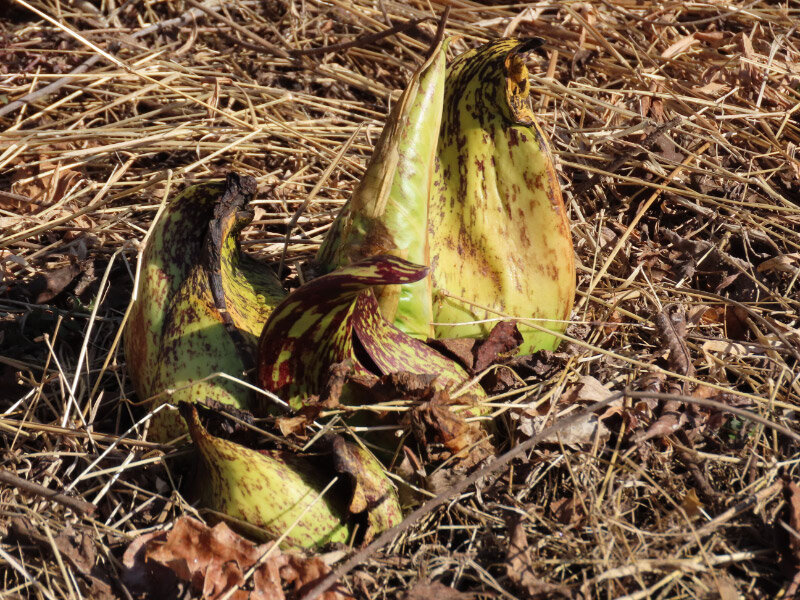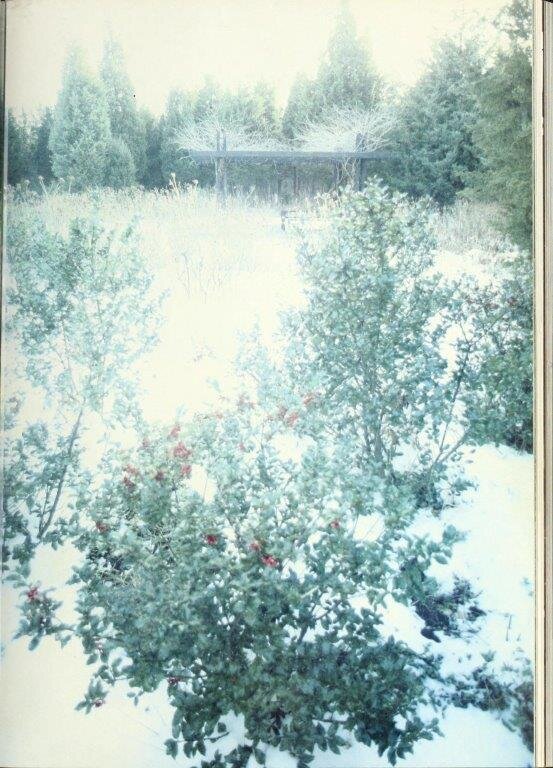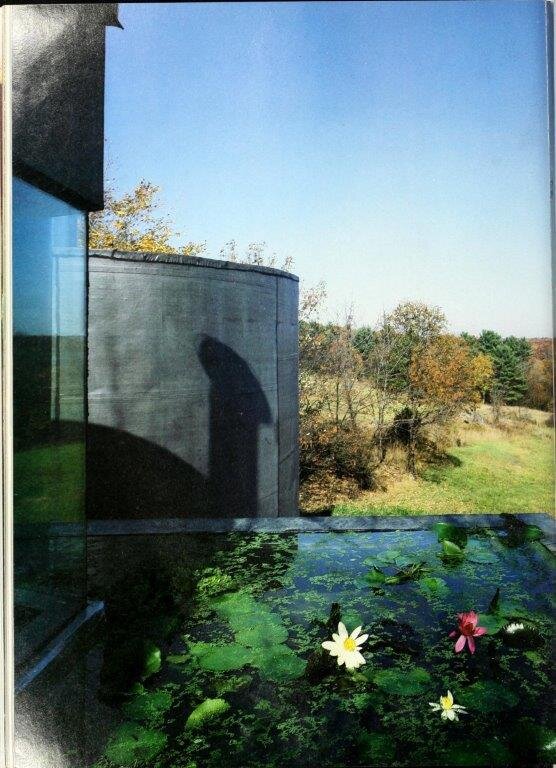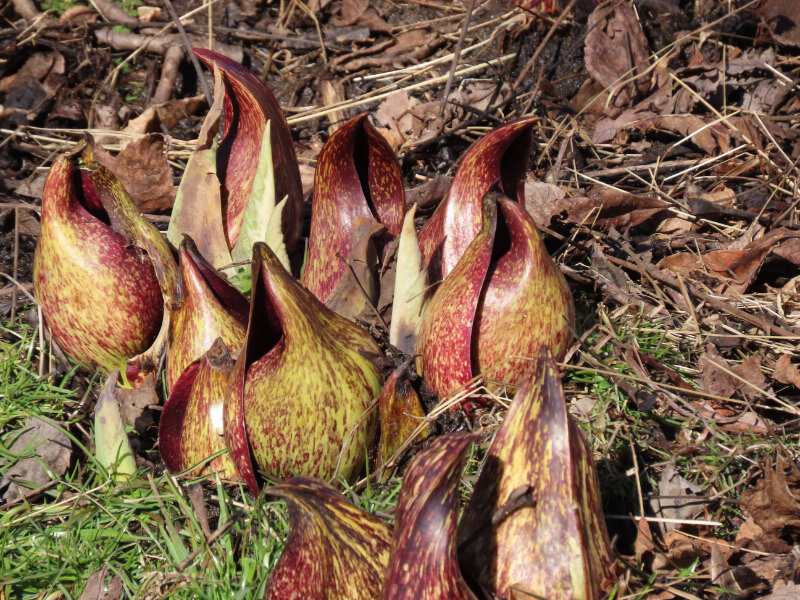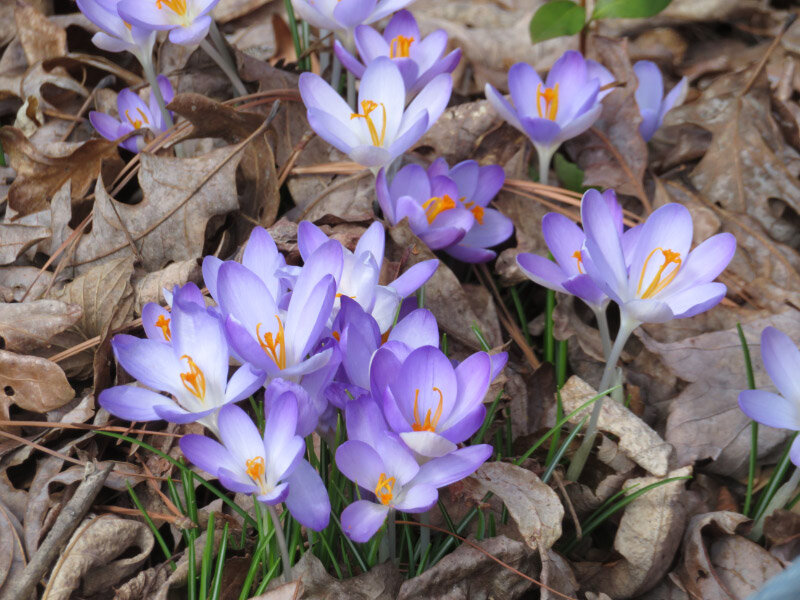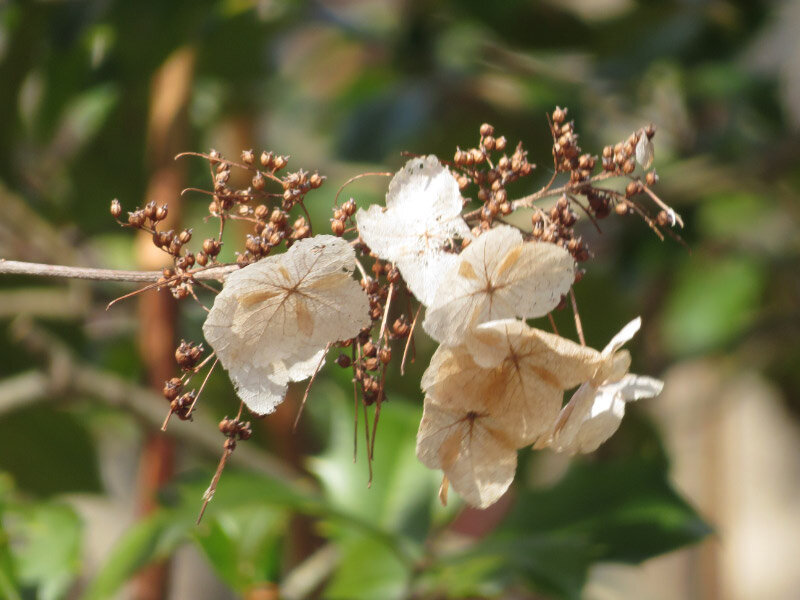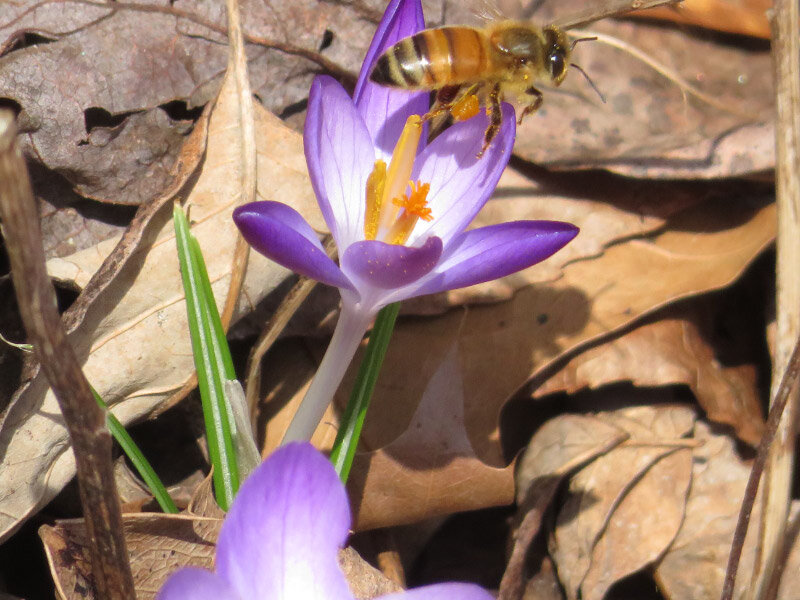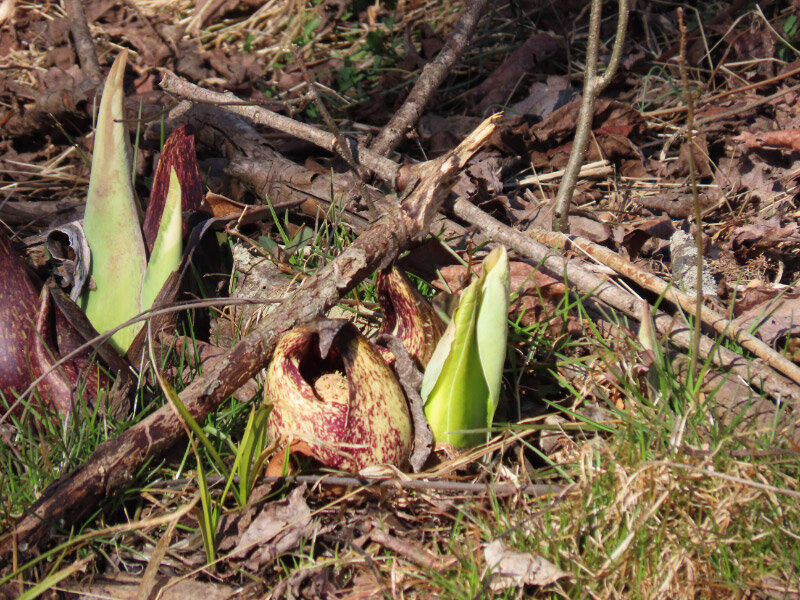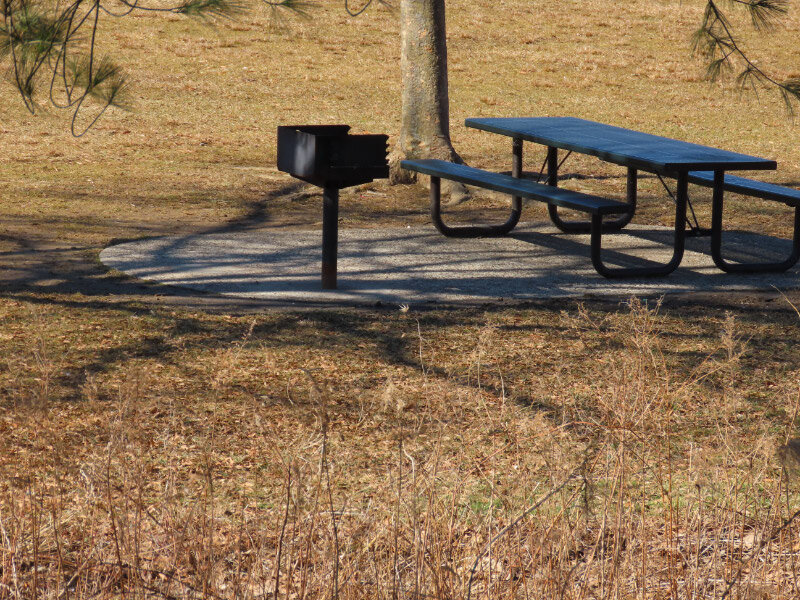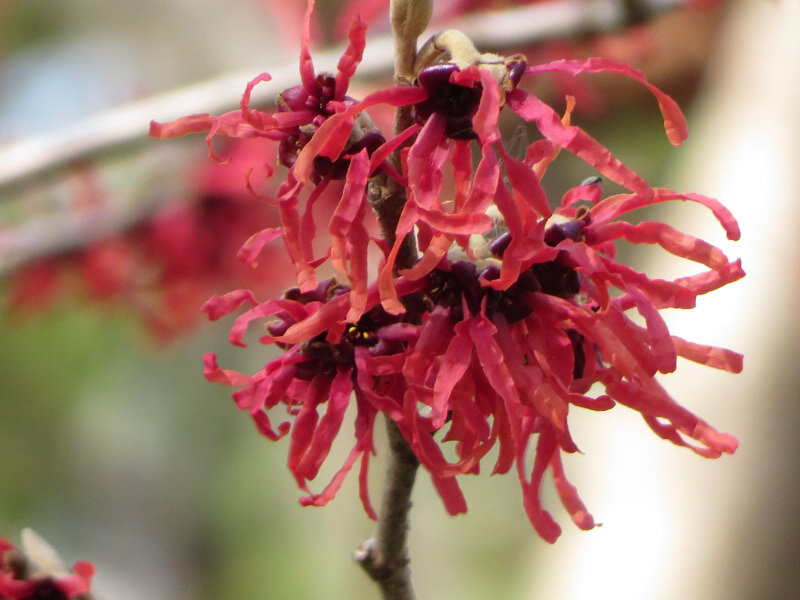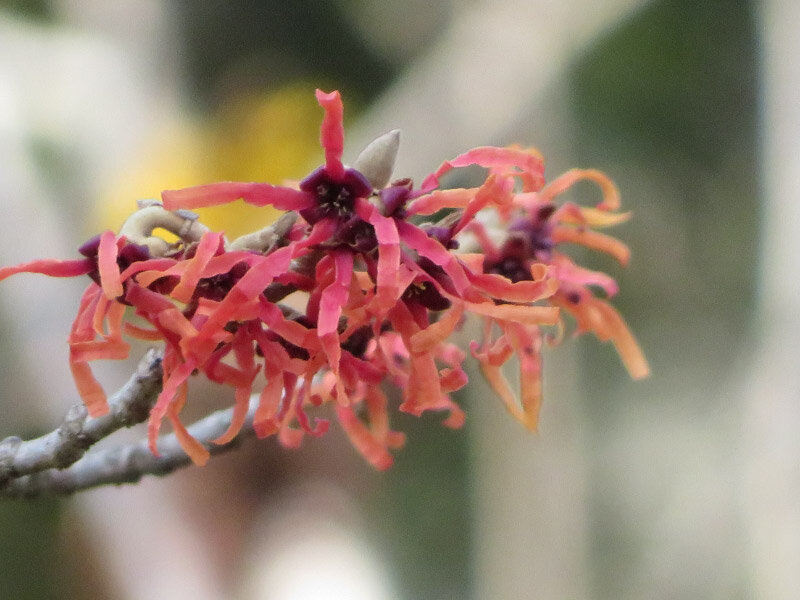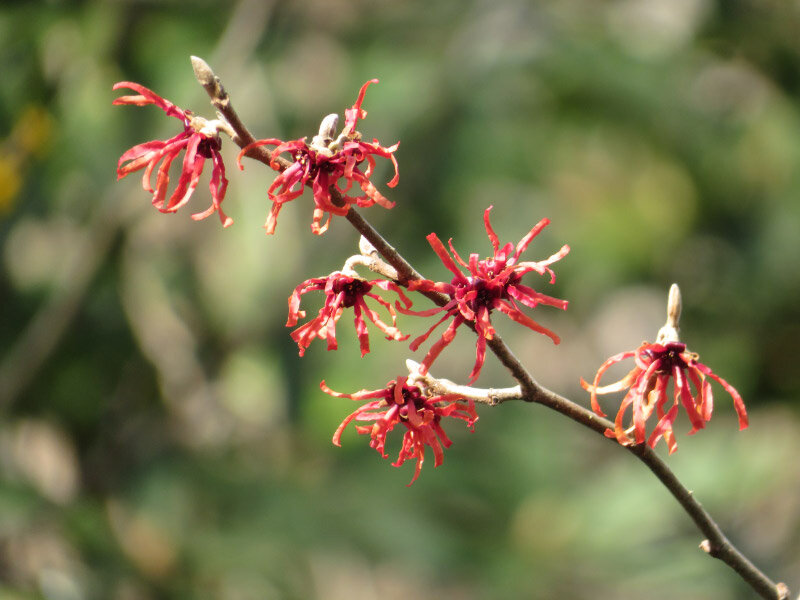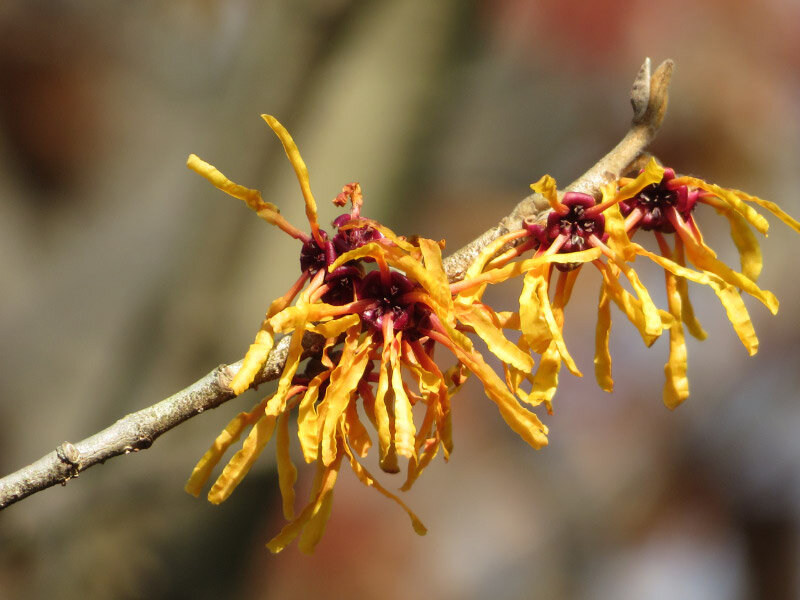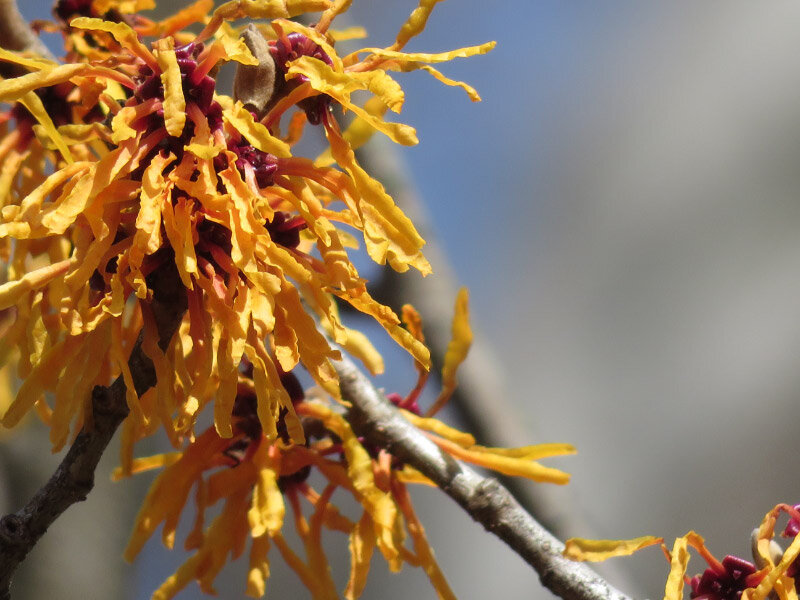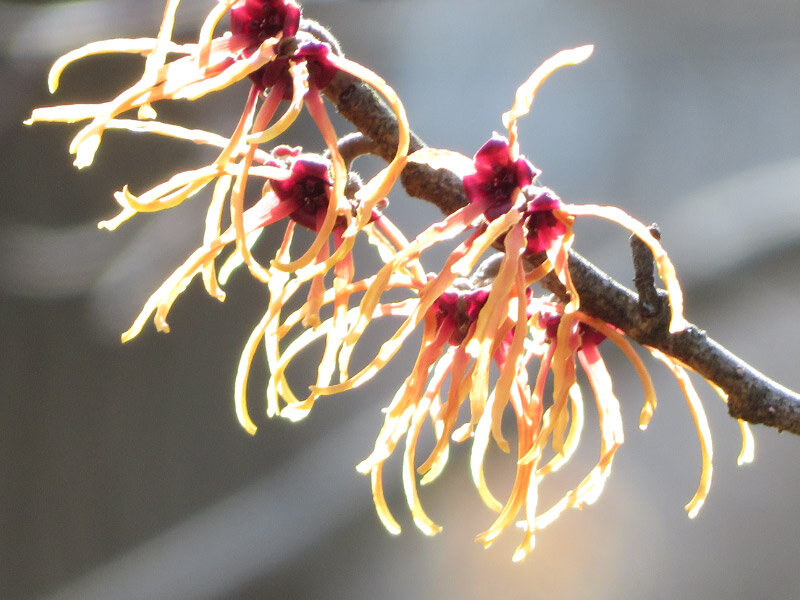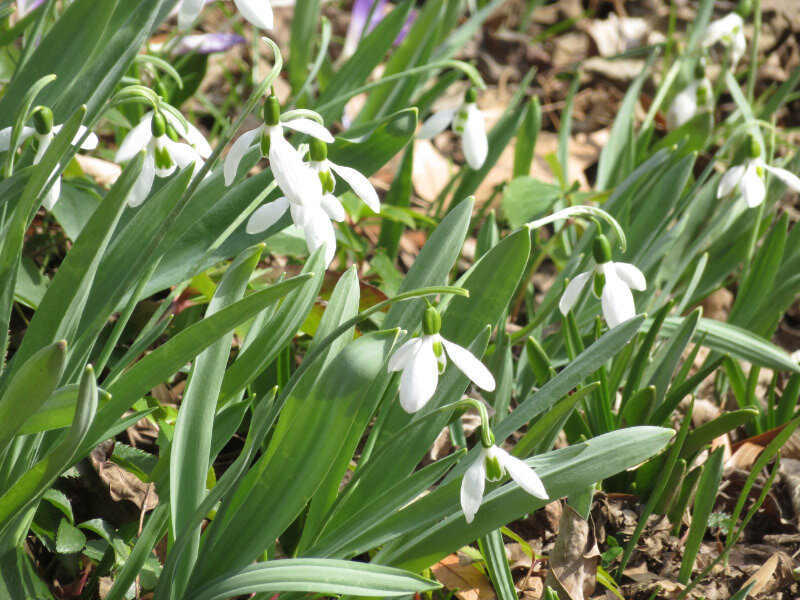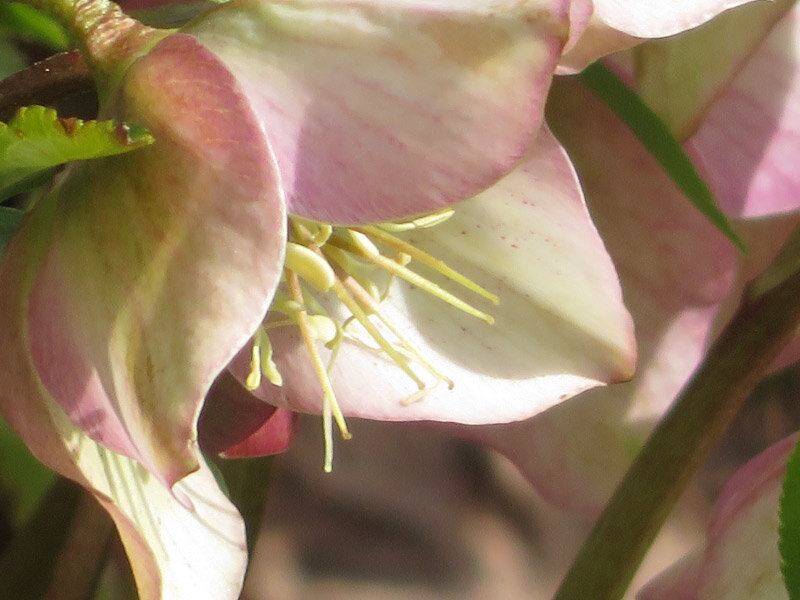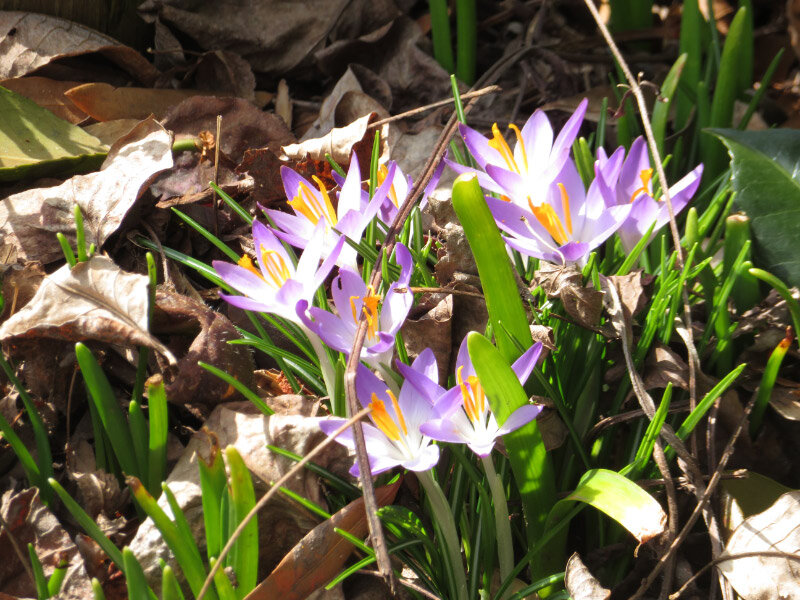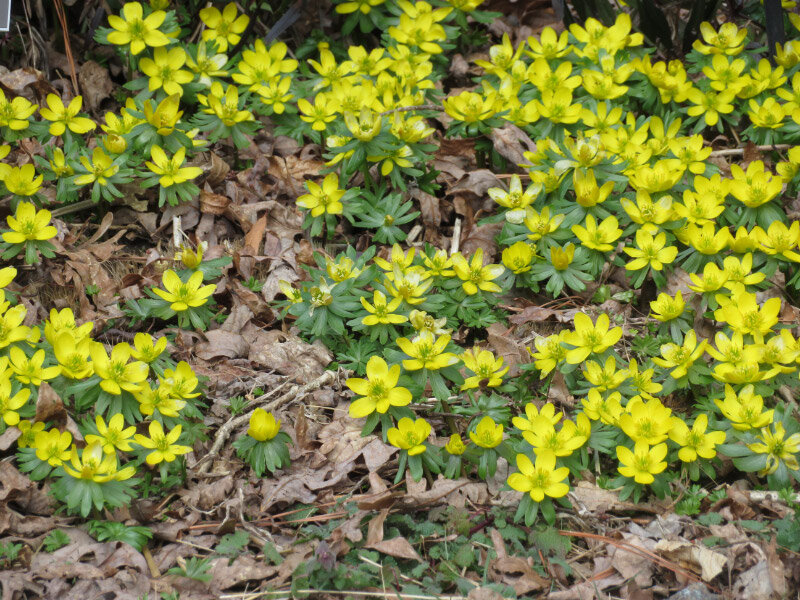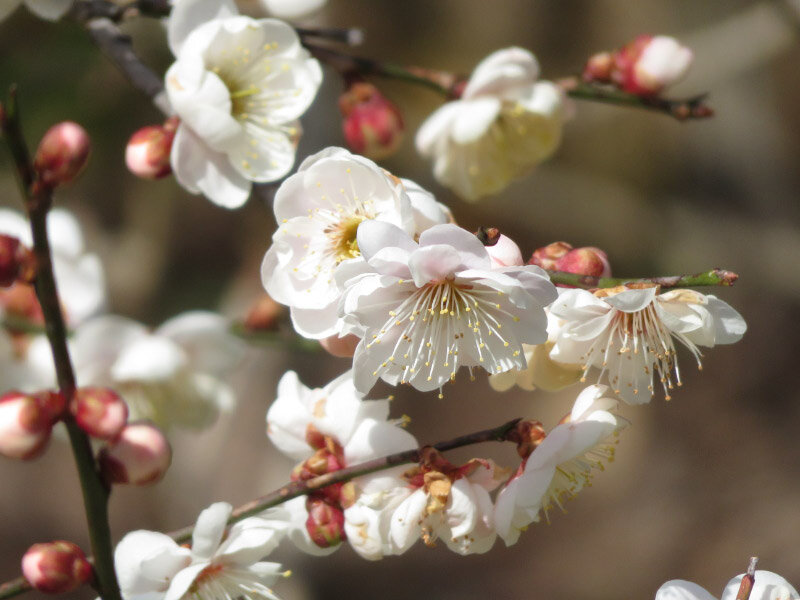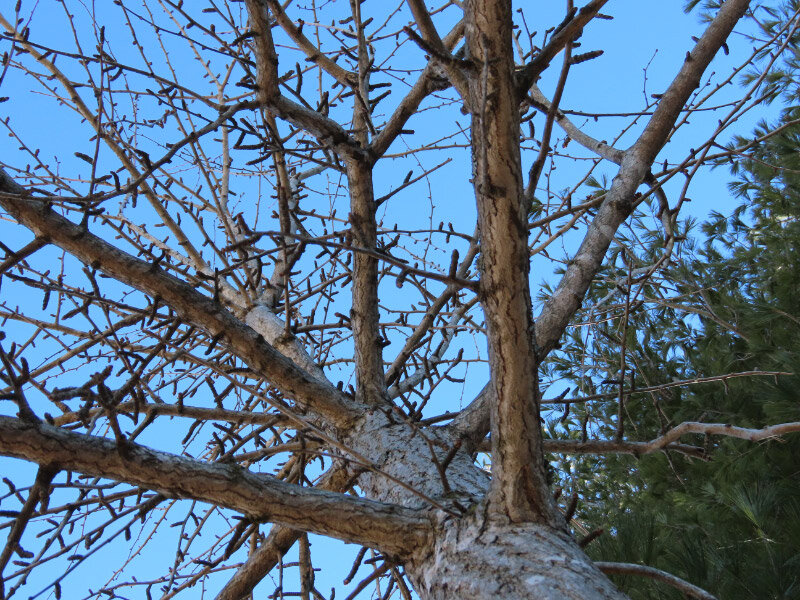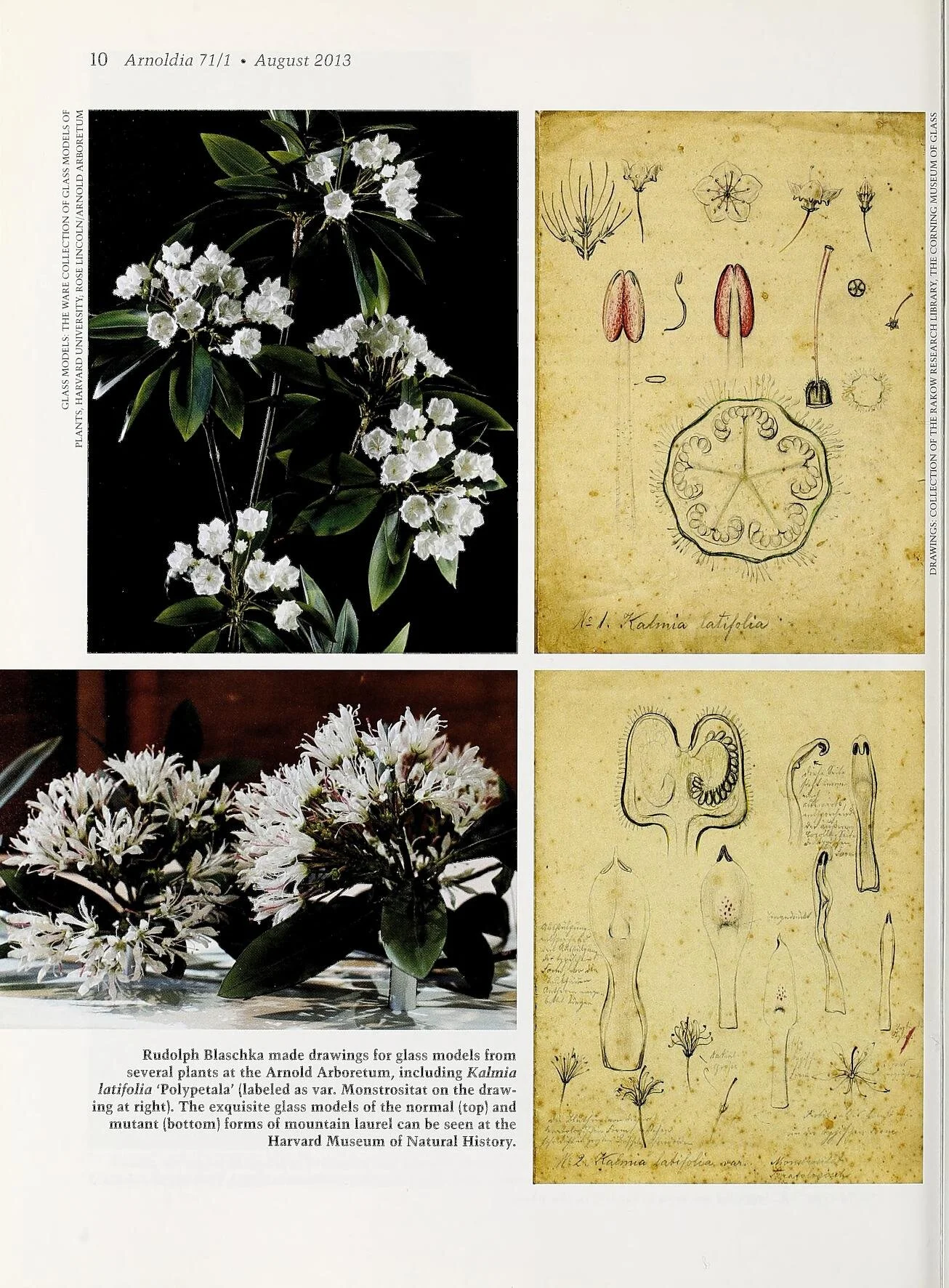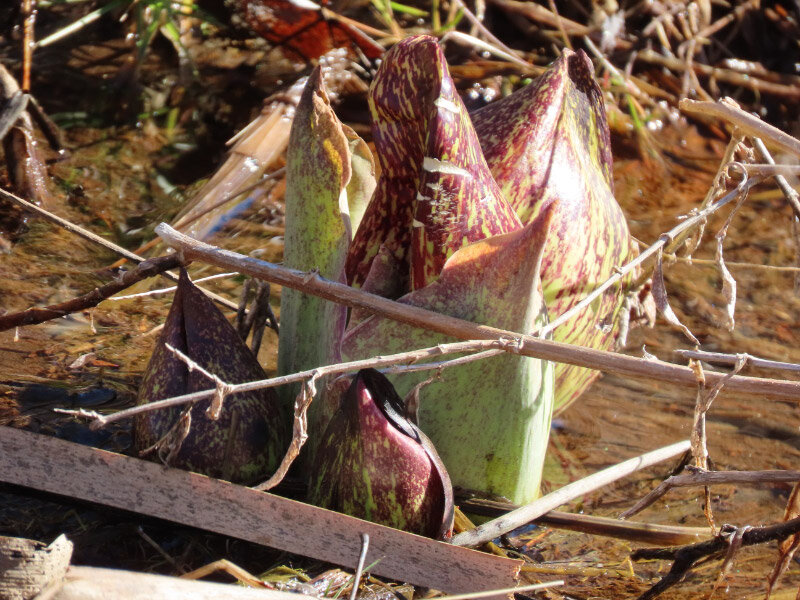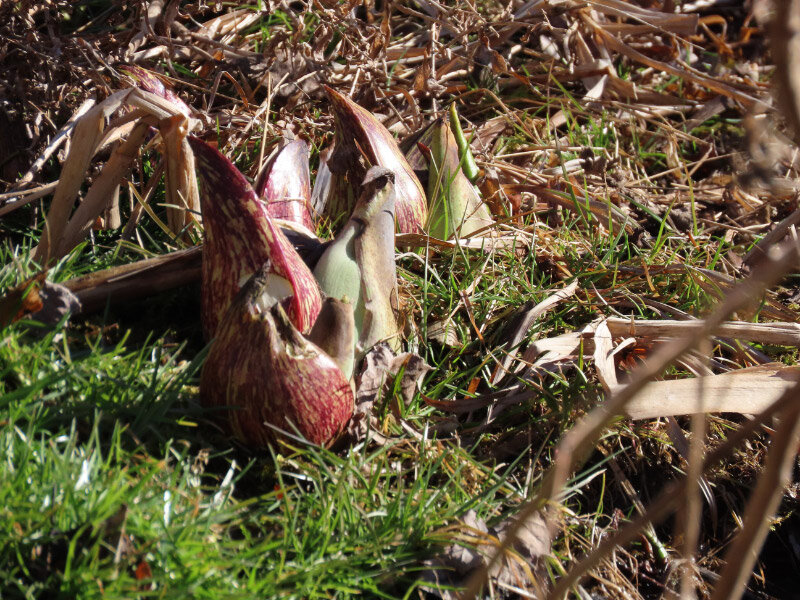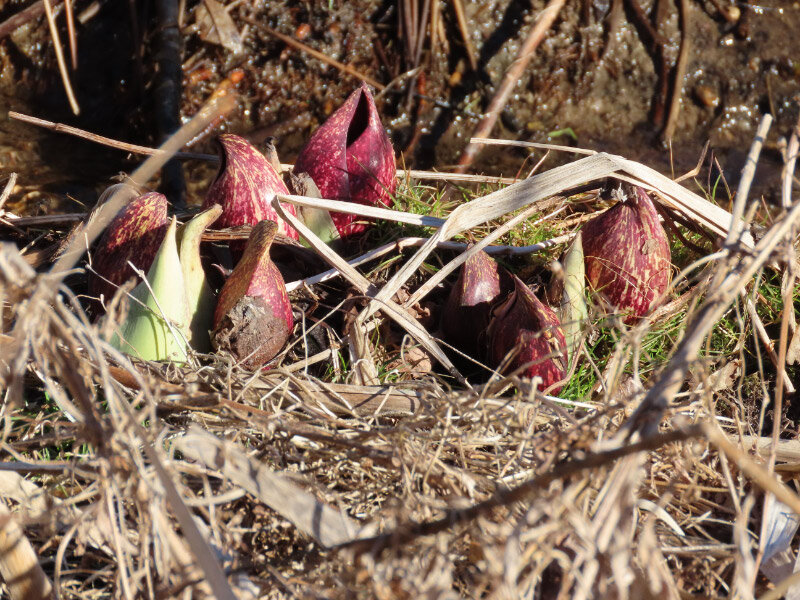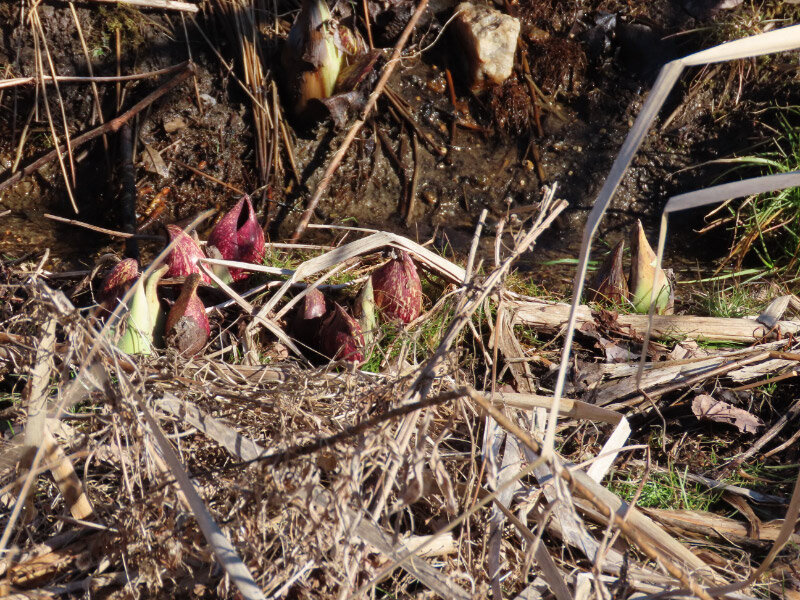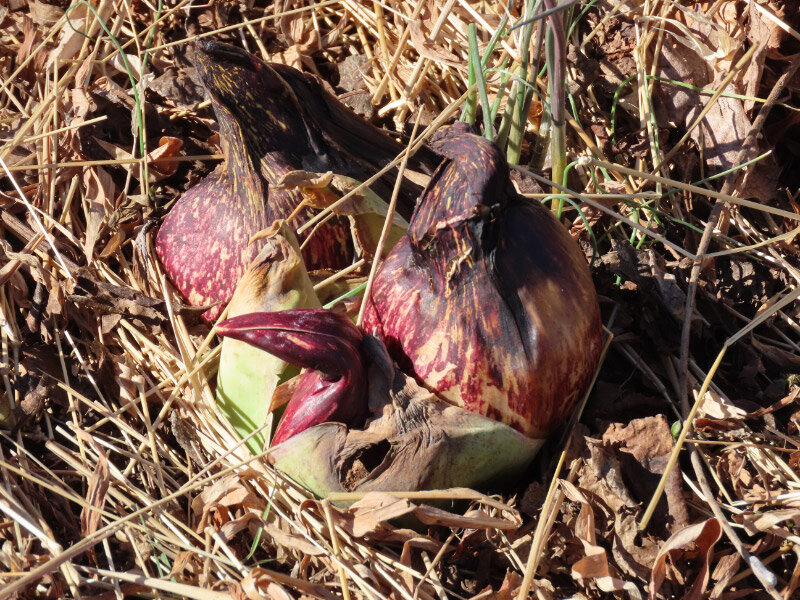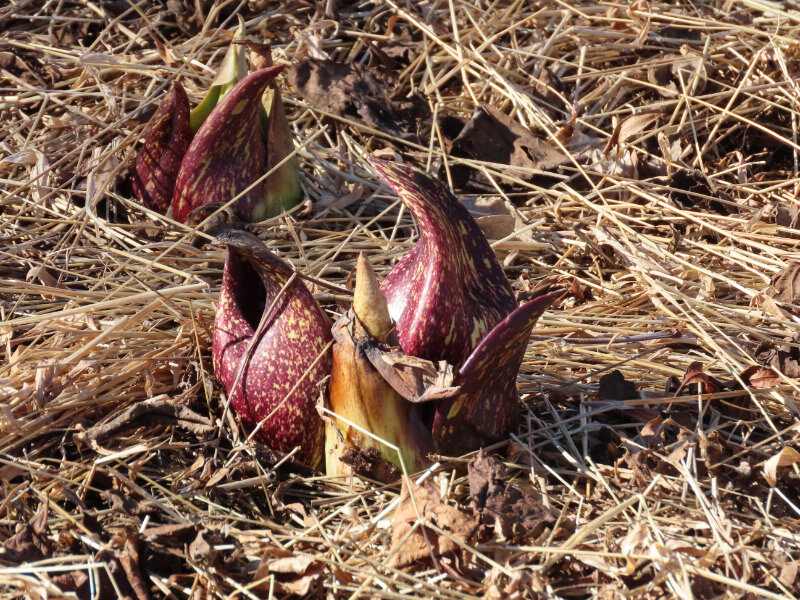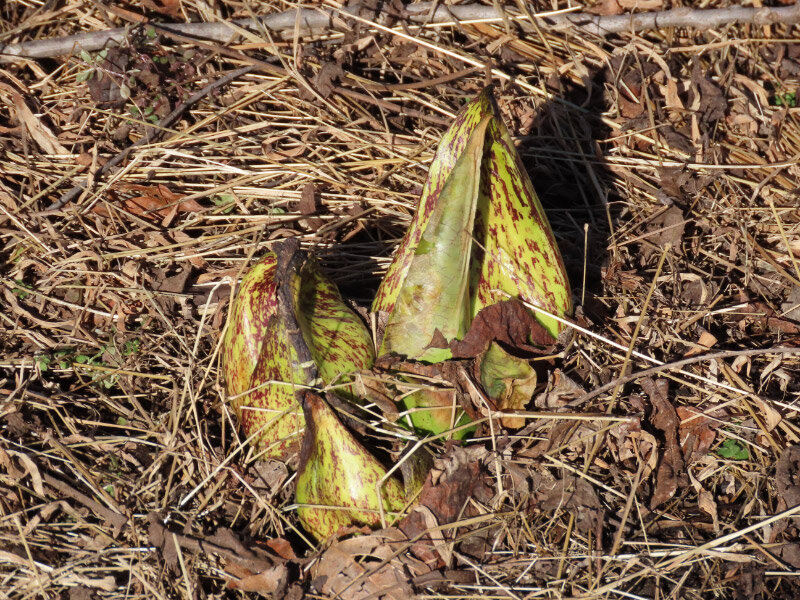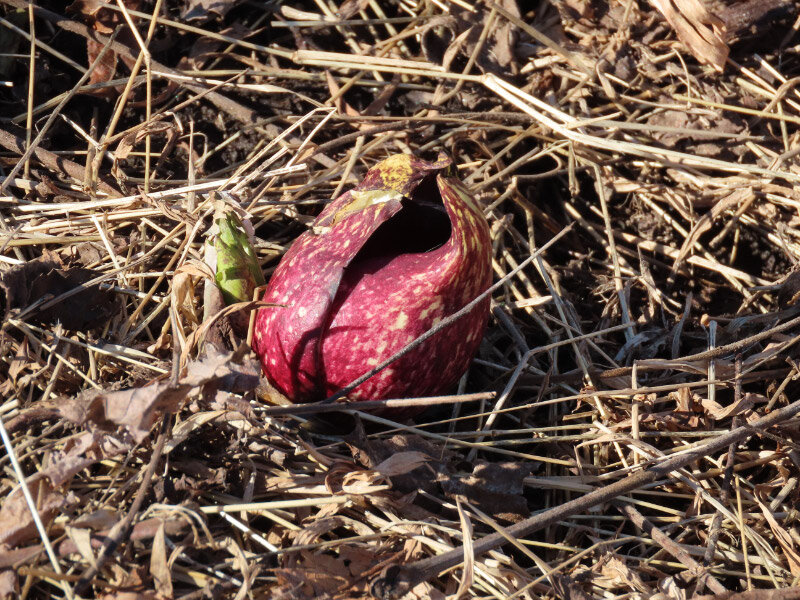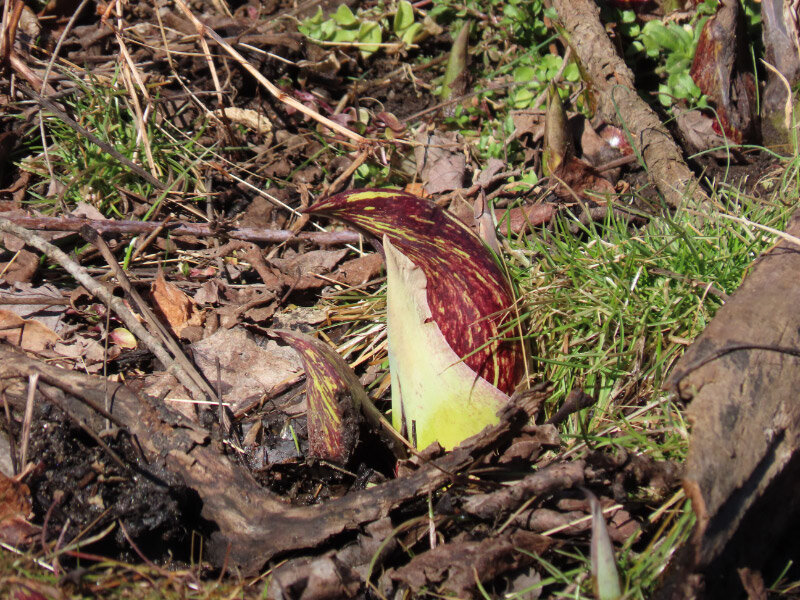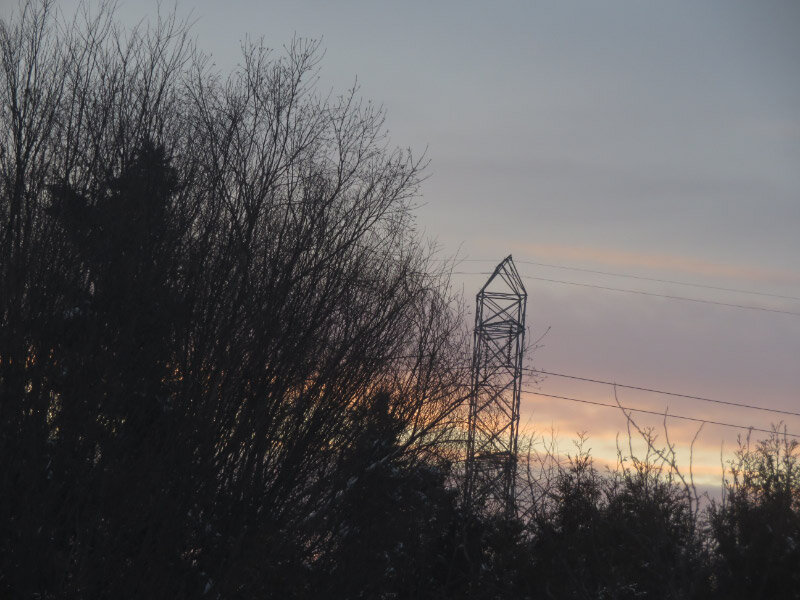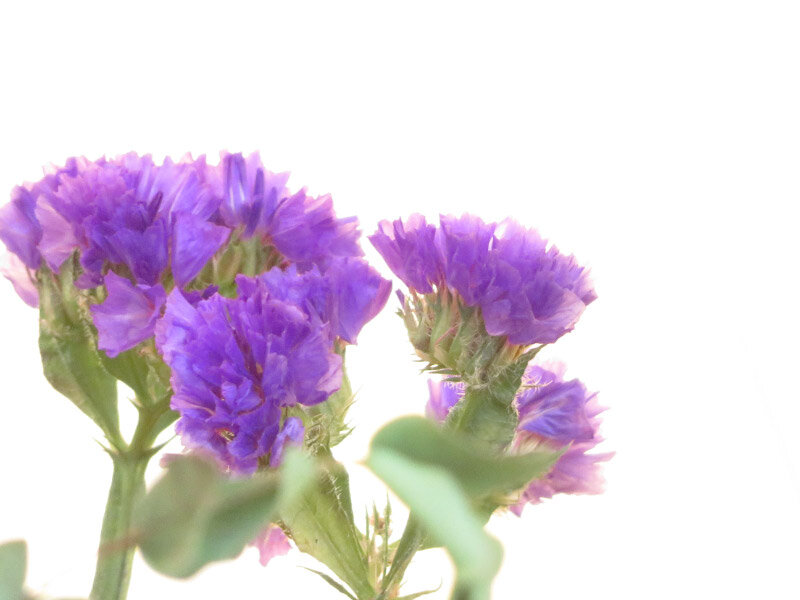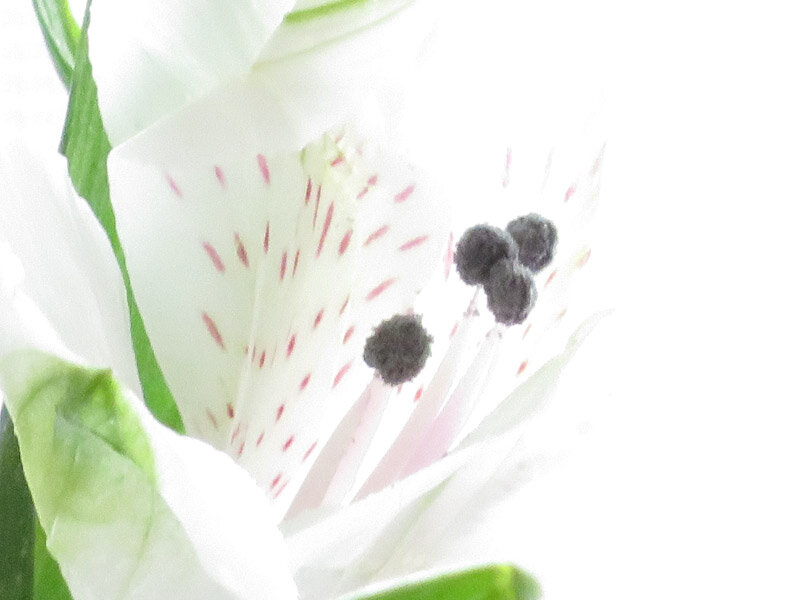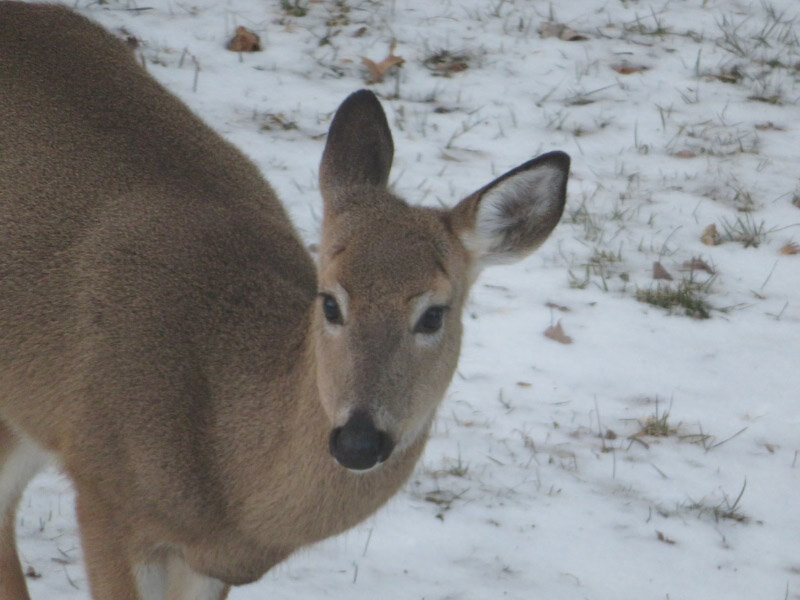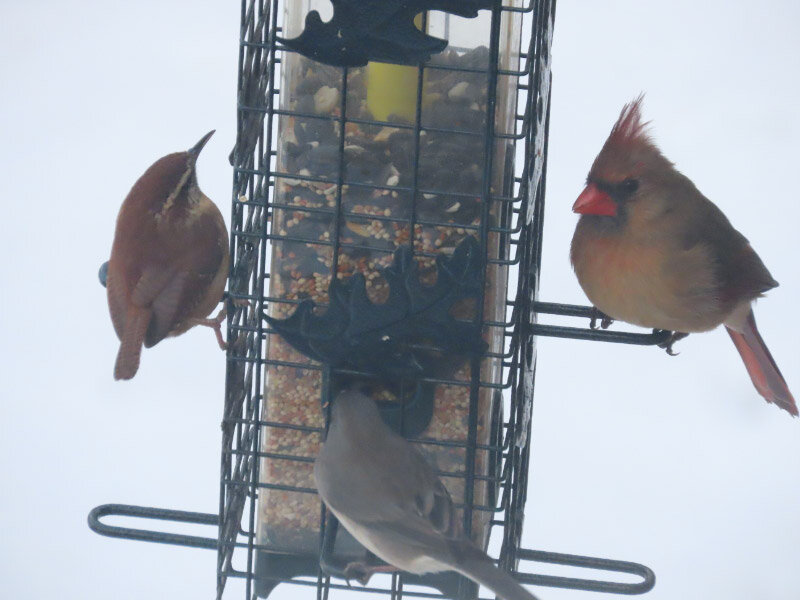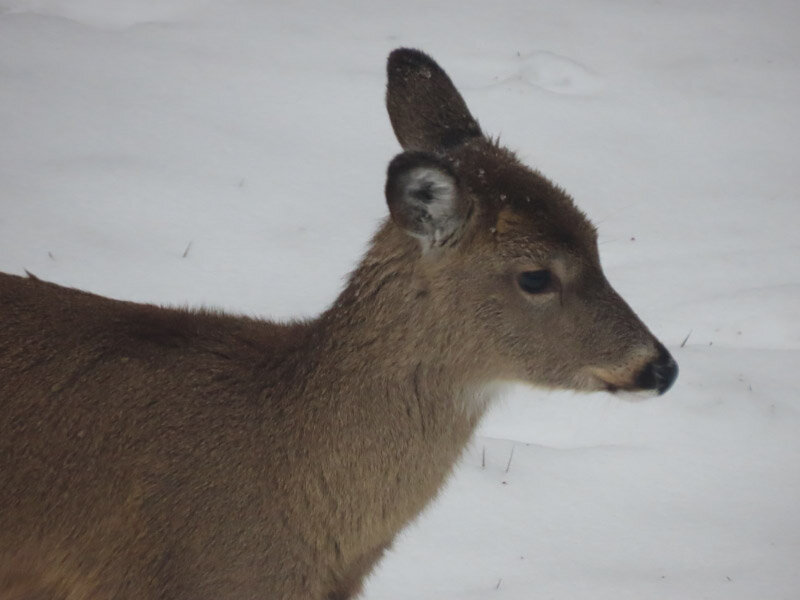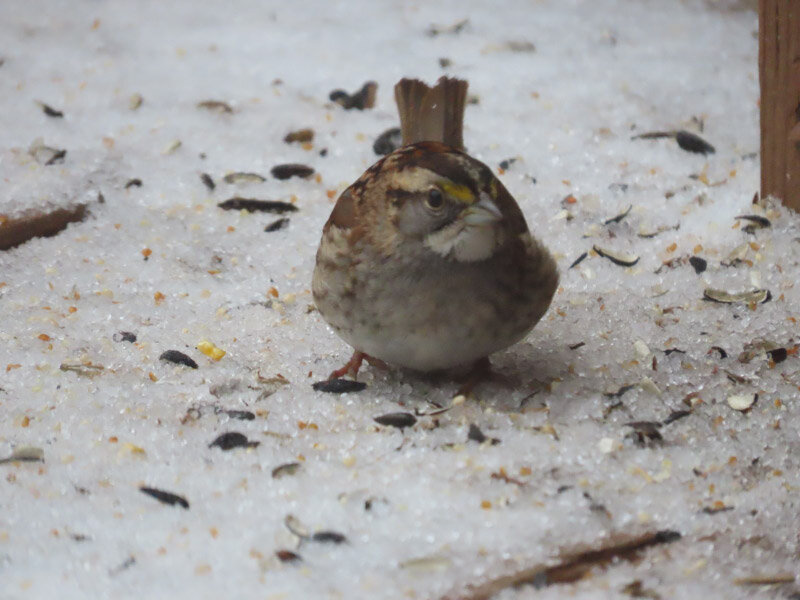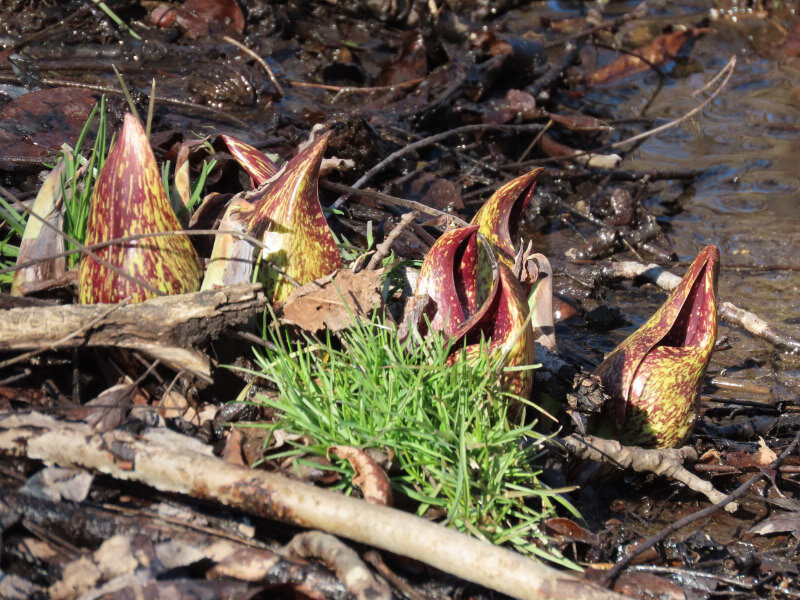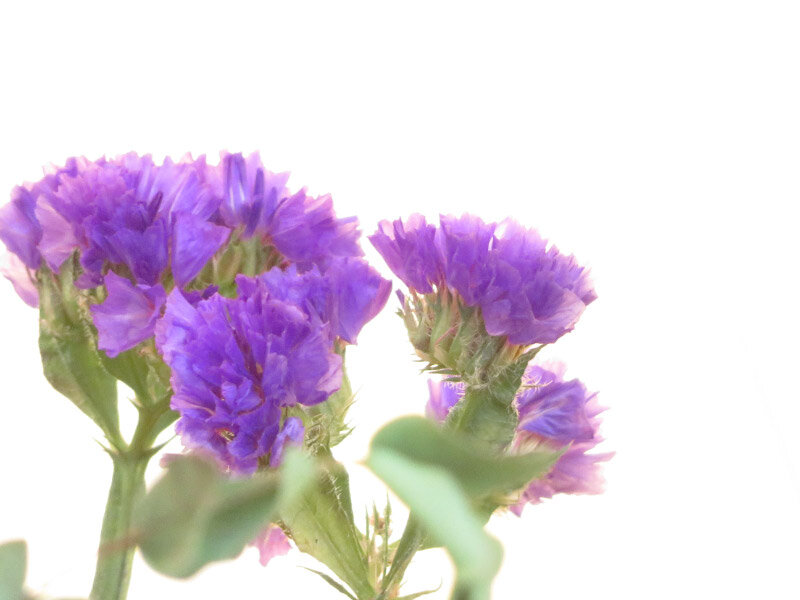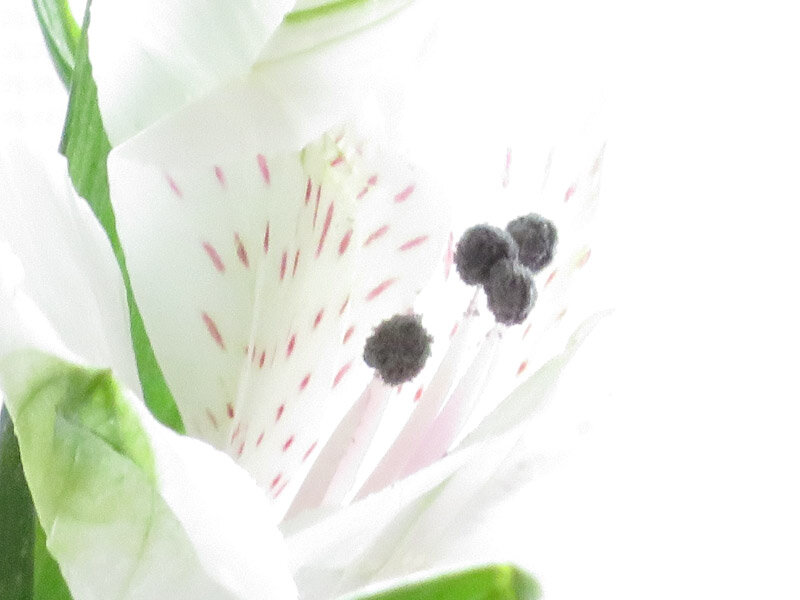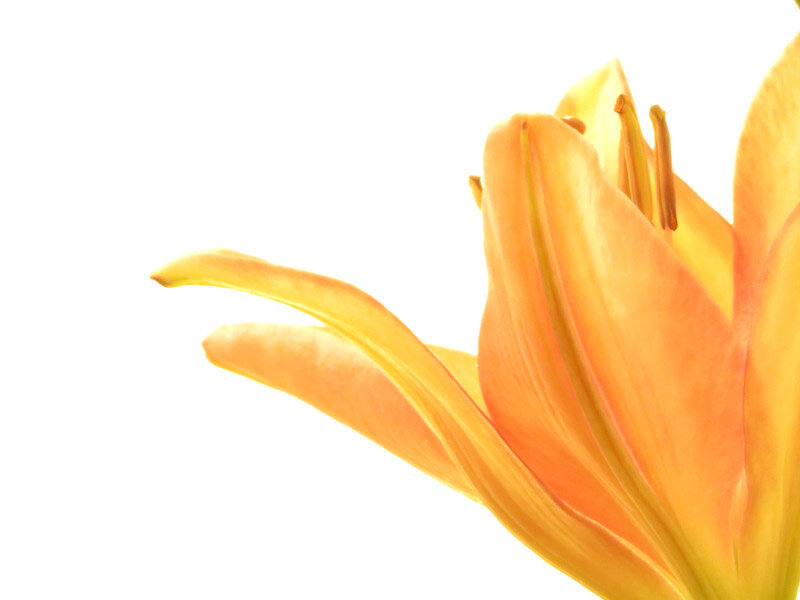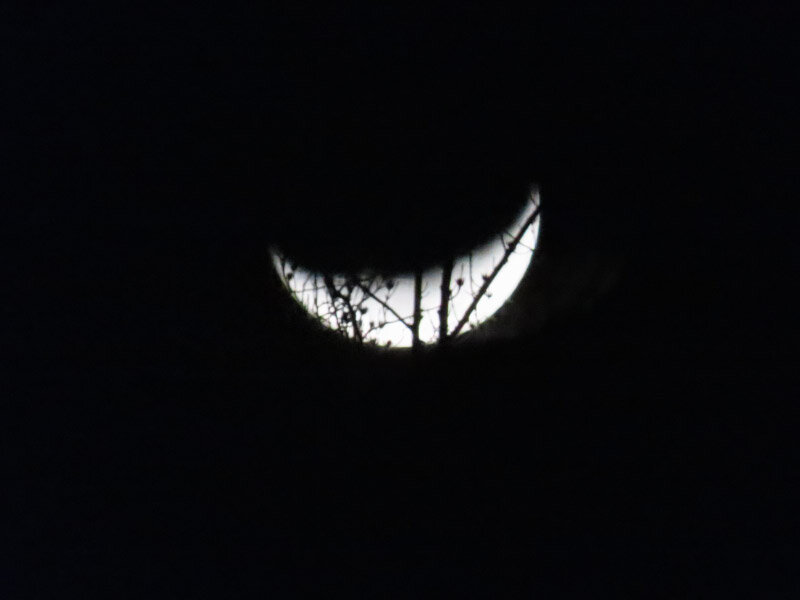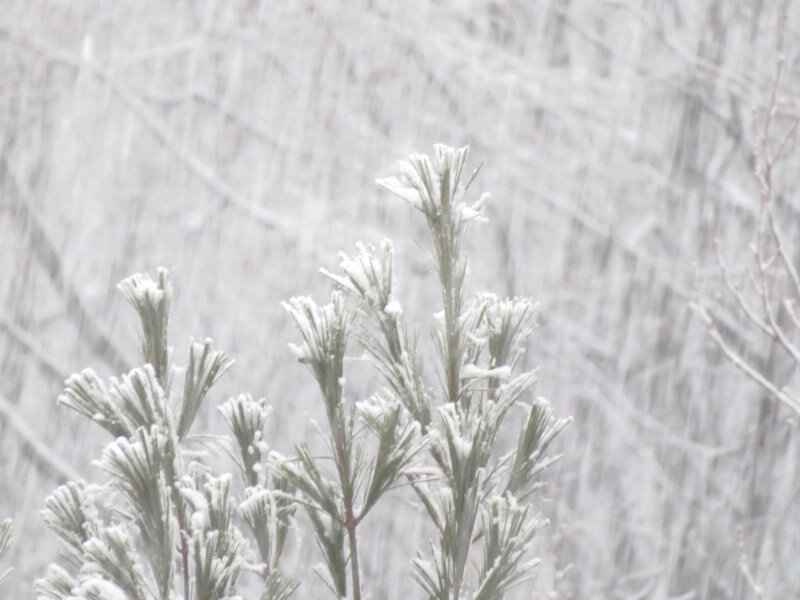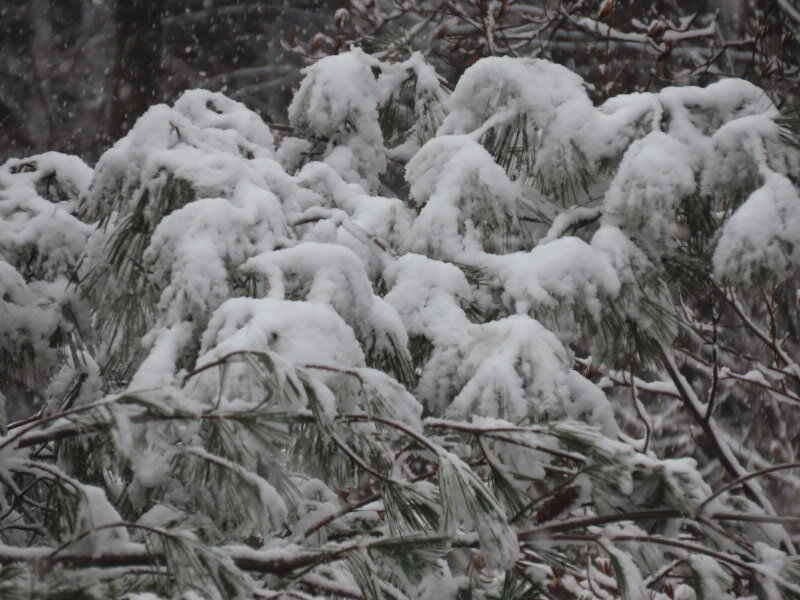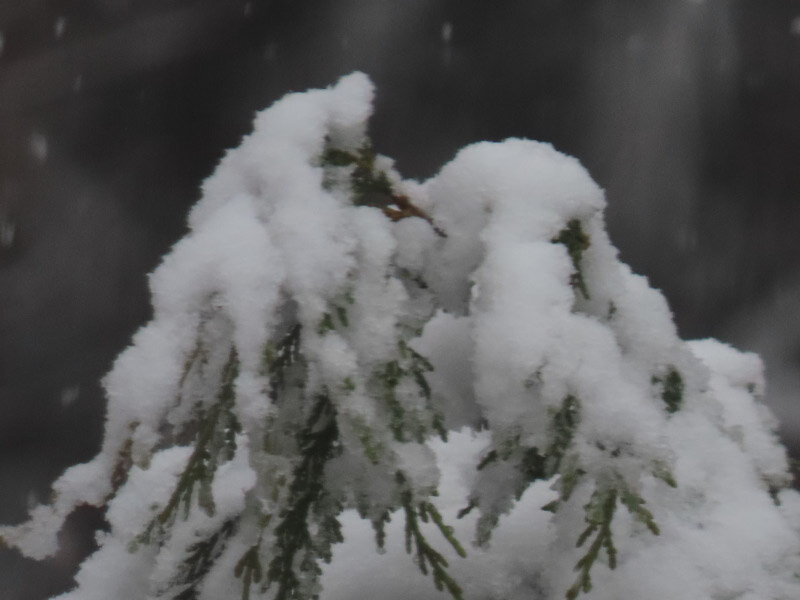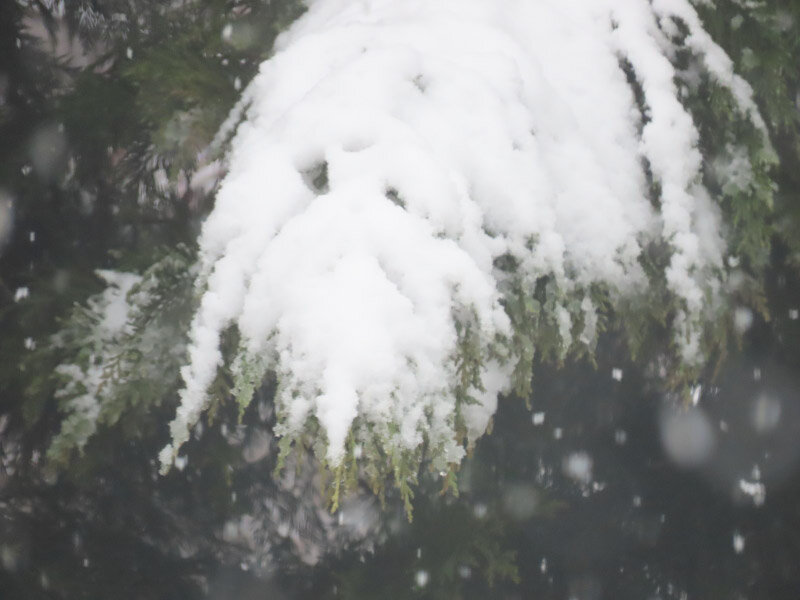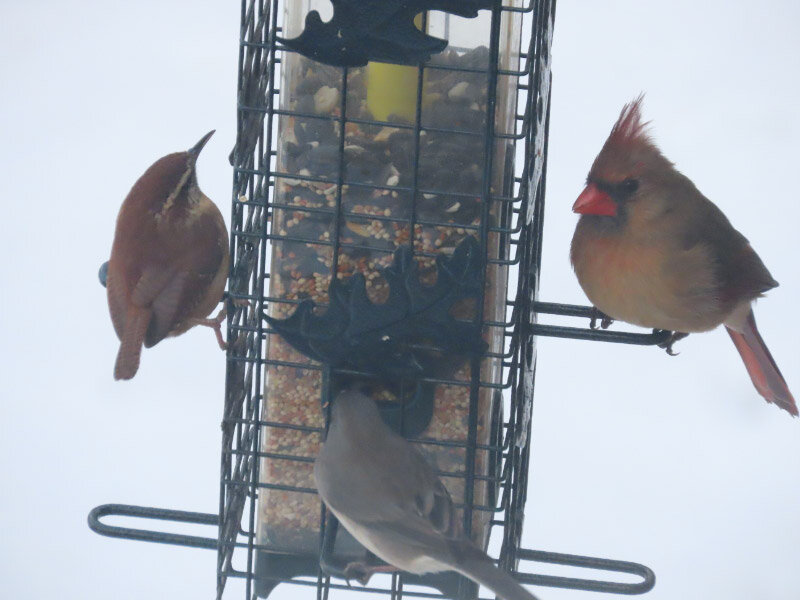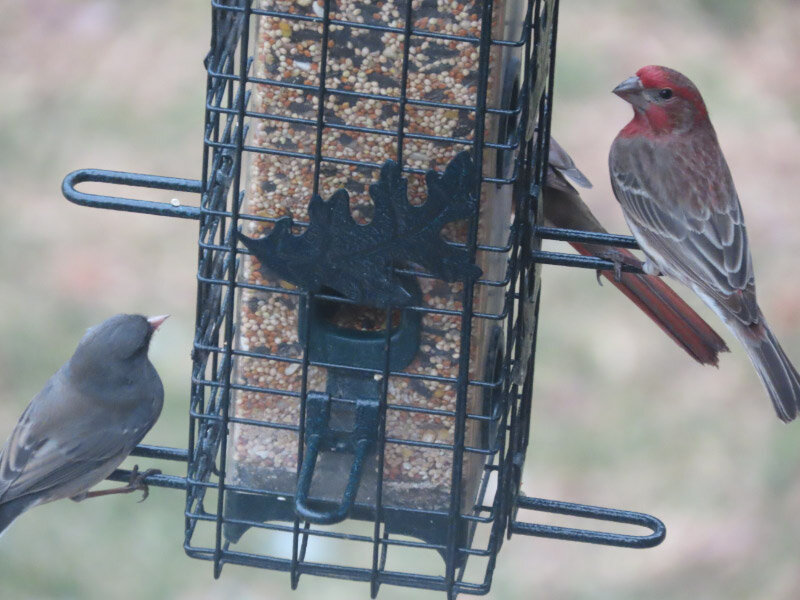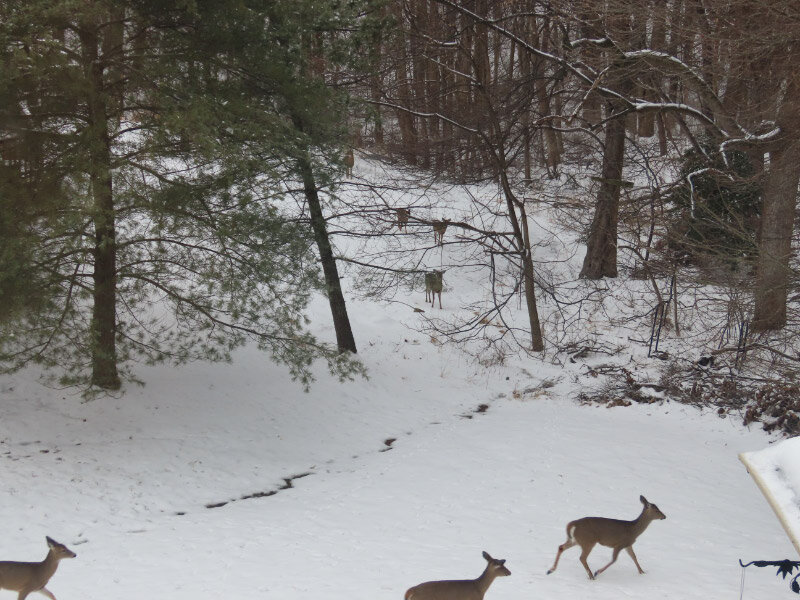Our Yard – March 2020
/It was a great March day – cold in the morning, warming to the mid-50s by the afternoon, and almost no wind. My plan was to walk around the yard - see what was coming up and clean out the compost bin…restart with the small amount of veggie kitchen scraps I had accumulated over the past few weeks. I did the compost job first: using a pitchfork to move the contents from the old turtle sandbox (my compost bin), dumping the bucket I keep on my deck for kitchen scraps into the near empty bin, putting a layer of leaves from last fall onto the top. I’ll be adding a layer and/or stirring it up every week now that it’s warmer.
I took stock of our early spring bulbs. The regular sized daffodils I planted about 5 years ago are just beginning to bloom but the miniature ones that started with a few bulbs my mother-in-law bought for us over 30 years ago are blooming profusely. I’ve discovered that they last a long time as cut flowers as well.
The crocuses are fading at this point. There seem to be fewer each year although I have started noticing them in different places than where the bulbs were originally planted. Maybe the squirrels move them around (and sometimes eat them).
The day lilies are coming up. The deer have already nibbled the ones that are around the base of the oak tree near the mailbox.
The mini clover we planted last fall appears to have survived the winter although it hasn’t started growing a lot yet. I hope it will expand its growth and bloom/make seeds. Near one of the patches we filled in with clover, there is a small plant with blue flowers already blooming. The Maryland Extension has a page on ‘spring weeds’ which helped me identify it as
Speedwell
It’s a weed but not invasive. In a recent webinar for Brookside Gardens volunteers about sustainable gardening, I learned about spring weeds that can often be left alone. They cover what would otherwise be bare ground, offer food for pollinators in early spring and will be overtaken by other plants as the season progresses. In this case, it’s likely that the mini clover will grow over the area during the summer and there won’t be as much speedwell next spring. Even if there is some – I’d rather have a yard that provides food for pollinators…particularly early in the season!














